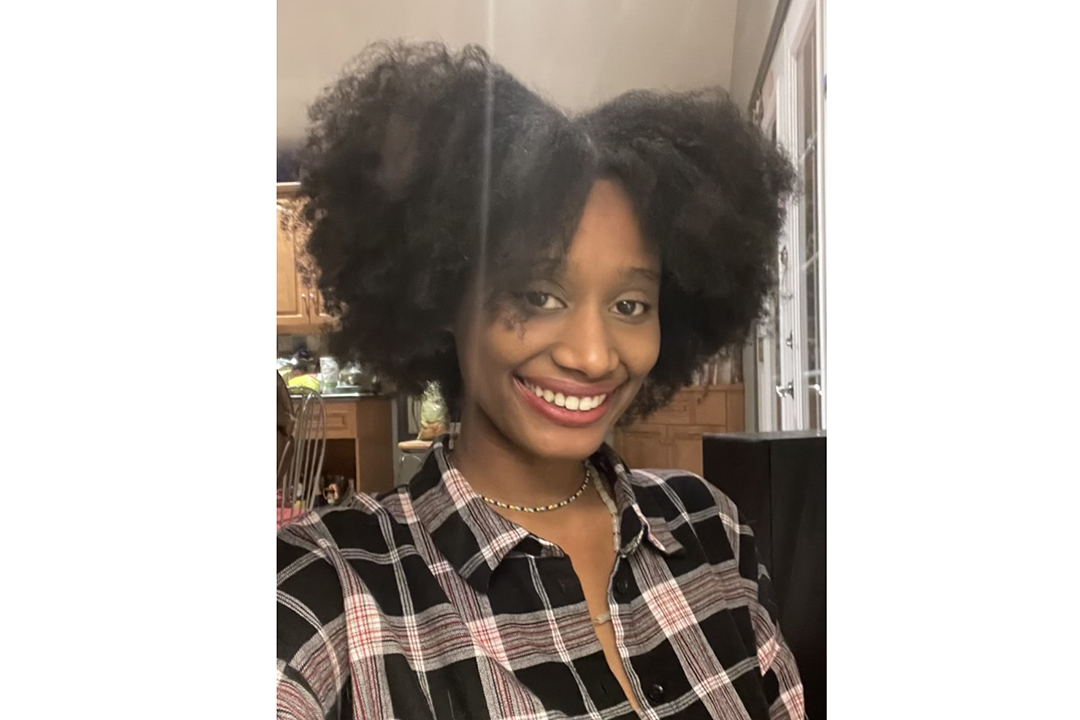Content warning: This article discusses racism, ableism, and addiction.
I was diagnosed with ADHD two days after my 20th birthday. During this time, I reflected on some of my self-sabotaging behaviours, such as losing items and struggling to get started on tasks. Frankly, it felt exhausting to not be able to sustain focus when doing pretty much anything.
After months of wondering why I operated the way I did, my diagnosis felt like a “ha-ha” moment — I realized that I wasn’t inherently lazy, unmotivated, or scattered. I was simply neurodivergent.
Gen Z and millennials are starting to pay more attention to the intersectionality between gender, race, and class. But how often do we think about the intersection between race and neurodiversity?
In the past few years, the topics of neurodiversity and race have been taken more seriously. Interestingly, they share a crucial quality: permanence. As a Black woman with ADHD, I cannot cure my neurodiversity, nor can I shake my Blackness. My racial identity and my neurodivergence permeate all areas of my life — whether I like it or not.
Although I got diagnosed at a relatively late age — on average, according to the CDC, most ADHD diagnoses happen around age seven — I am happy to have been diagnosed at all. Many fellow Black people do not get diagnosed and thus, associate their symptoms with their personality. A 2013 study by the University of Pennsylvania showed that Black children are 69 per cent less likely to get an ADHD diagnosis than their white counterparts.
The same goes for other conditions such as autism, for which Black children are 19 per cent less likely to be diagnosed than white children. It’s also prevalent in dyslexia, whose intersectionality with race is almost nonexistent in research. But who can we blame for this blatant disparity?
To start, we can point fingers at the systemic barriers that make psychoeducational assessments, diagnoses, and treatments less accessible to Black individuals.
It’s no secret that Black people are often more economically vulnerable than the average Canadian. Third-generation Black Canadians bring in an average income of about $32,000, in comparison to the $48,000 that any other Canadian who is not a visible minority would take home, on average. Thus, paying approximately $200 for a session of cognitive behavioural therapy is not affordable to most Black households and individuals. This unequal access to health care is a crucial factor in the inequalities between Black and white individuals when it comes to dealing with neurodiversity — or even becoming aware of it.
In addition, media representations of neurodiversity are offensive, romanticized, or nonexistent. By that, I mean that visual culture has yet to offer realistic portrayals of neurodiversity by hiring actual neurodivergent actors.
In 2020, musician Sia experienced backlash for her directorial debut, Music. She cast dancer Maddie Ziegler — who previously danced in six of the singer’s music videos — as the main character, who is an autistic teenager. During casting, Sia knew that Ziegler was not autistic. Her explanation for her choice of actress was summarized by a statement she gave on an Australian talk show: “I mean, it is ableism, I guess, as well — but it’s actually nepotism, because I can’t do a project without her.”
Even these offensive representations are overwhelmingly white and perpetually overlook Black people with autism. Writers and producers not only fail to deliver accurate representations of neurodiversity, but fail to bring diverse and inclusive ones altogether.
Some of the most popular media representation I’ve seen of Black neurodiversity goes back to the 1980s, a period that was dubbed the “crack epidemic” in the United States. “Crack babies” was a term given to individuals — oftentimes, Black individuals — who were exposed to crack cocaine in the womb due to their mother’s addiction. Doctors determined that prenatal cocaine exposure would result in developmental issues and cognitive-behavioural issues such as ADHD.
Hence, neurodiversity was seen as a repercussion of addiction. This perpetuated the stereotype of Black neurodiversity being the result of a dysfunctional family unit rather than a mere neurological disposition.
But neurodiversity does not come with only burdens. In reality, neurodiversity does not have to be synonymous with malfunction. Many would argue that neurodiversity is maladaptive because our society is built for neurotypical people. But the definition of neurodiversity simply explains a difference of cognitive-behavioural tendencies.
In addition, being neurodivergent is often associated with having an enhanced imagination. As a consequence, neurodivergent communities worldwide use social media platforms to share creative tips to help tame their symptoms. The spaces they create are inspired by the success of prominent figures with mental conditions, including renowned scientists who were believed to be autistic, such as Henry Cavendish. Even Leonardo Da Vinci, a painter who is arguably the epitome of innovation and creativity, was allegedly bad at finishing tasks — a common symptom of ADHD.
The above examples notably share two traits: they are white and men. This further proves the lack of Black representation in conversations surrounding mental health conditions; the symbols of neurodivergent success oftentimes remain white men.
Don’t get me wrong — Elon Musk’s creative thinking is groundbreaking, to say the least. But I am yearning for representations of Black innovators in all fields — believe me, they do exist, and they are everywhere. For example, few people know that Solange, a Grammy-winning musician, has ADHD.
Needless to say, being neurodivergent and Black means being at one hell of an intersection. But, as a society, our responsibility is to create conversations that empower these attributes. To dismantle systemic racism and ableism, we cannot shy away from talking about race and neurodiversity. After all, change often starts with words.


